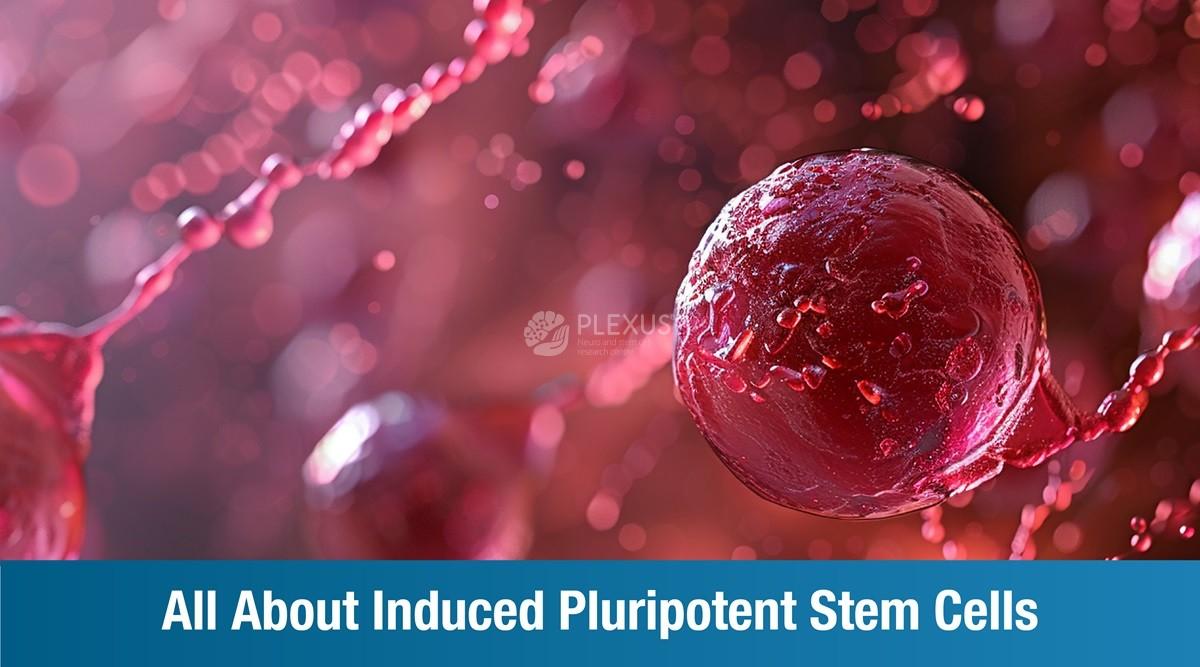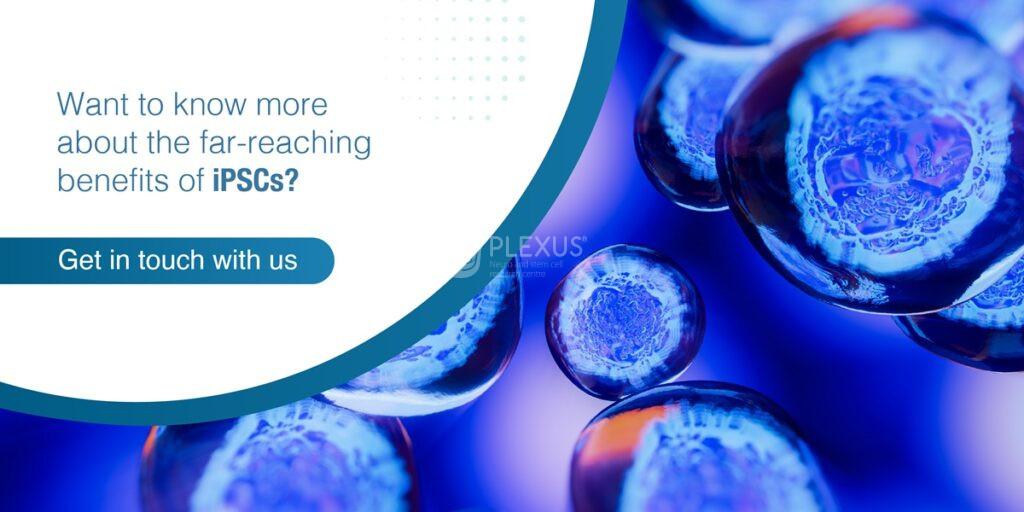
Offering unprecedented opportunities for disease modeling, drug discovery, and personalized therapeutic interventions, induced pluripotent Cells (iPSCs) represent a groundbreaking advancement in the field of regenerative medicine.
By reprogramming adult cells to a pluripotent state, iPSCs possess the remarkable ability to differentiate into various cell types found in the human body, holding immense promise for treating a wide range of diseases and injuries.
This blog throws light on the characteristics, applications, and therapeutic implications of iPSCs, along with their transformative potential in healthcare and biomedical research.
What are Induced Pluripotent Cells?
iPSCs are a type of Cell generated in the laboratory by reprogramming adult somatic cells, such as skin cells or blood cells, to a pluripotent state. This reprogramming is done through introduction of specific transcription factors, typically Oct4, Sox2, Klf4, and c-Myc, which induce the adult cells to revert to a state resembling embryonic Cells (ESCs).
Like ESCs, iPSCs are capable of indefinite self-renewal and can differentiate into all cell types of the body.
Characteristics of Induced Pluripotent Cells
Once reprogrammed, iPSCs exhibit the following key characteristics:
- Pluripotency: They can differentiate into all cell types of the body, even ectoderm, mesoderm, and endoderm derivatives, thereby mirroring the developmental potential of embryonic Cells (ESCs).
- Self-renewal: They can proliferate indefinitely in culture while maintaining their pluripotent state. In this way they provide an abundant and sustainable source of cells for research and therapeutic applications.
- Genetic stability: Advances in reprogramming techniques and quality control measures have allowed for better genetic stability and fidelity in iPSC lines.
- Patient-specificity: They can be derived from individual patients, allowing for the generation of patient-specific cell lines for disease modeling, drug screening, and personalized therapies.
Applications of Induced Pluripotent Cells
The therapeutic implications of iPSCs are vast and far-reaching, offering new hope for patients with debilitating diseases and conditions. Some key applications of iPSCs include:
- Cell replacement therapies: iPSC-derived cells can replace damaged or dysfunctional tissues and organs, offering a regenerative solution for conditions such as Parkinson’s disease, heart failure, and age-related macular degeneration.
- Disease modification and drug development: iPSC-derived cell models can facilitate the development of novel therapeutic strategies and the identification of disease-modifying agents. By recapitulating disease phenotypes in vitro, these cells enable preclinical testing of potential therapeutics, accelerating the drug discovery process and improving clinical outcomes.
- Tissue engineering and organ transplantation: iPSCs can be used to generate three-dimensional tissue constructs or organoids that mimic the structure and function of native tissues and organs. These engineered tissues may be used for transplantation and regenerative therapies. This reduces the need for donor organs, as well as lowers the risk of immune rejection.
- Gene editing and precision medicine: iPSCs are used for gene editing technologies, such as CRISPR-Cas9. This allows precise modifications to correct disease-causing genetic mutations or engineer desired cellular functions, thereby holding potential for treating monogenic disorders.
Induced pluripotent Cells represent a transformative technology with far-reaching implications for healthcare, biomedical research, and personalized medicine. They hold incredible promise when it comes to revolutionizing the practice of medicine, and advancing human health.
FAQs
Why are induced pluripotent Cells better?
iPSCs offer several advantages over other types of Cells, including their patient-specificity, ethical acceptability, and potential for personalized medicine. They are sourced from a patient’s own cells, reducing the risk of immune rejection, and making them a valuable tool for regenerative medicine and disease modeling.
What are the four factors of induced pluripotent Cells?
Oct4, Sox2, Klf4, and c-Myc play key roles in inducing pluripotency in somatic cells, leading to their transformation into iPSCs that can differentiate into various cell types found in the body.
What are induced pluripotent cells used for?
iPSCs may be used for disease modeling, drug discovery and screening, tissue engineering, organ regeneration, and personalized cell-based therapies.
What are the characteristics of induced pluripotent Cells?
iPSCs are self-renewing, pluripotent cells that can differentiate into all cell types of the body. They are derived from adult somatic cells through reprogramming, allowing for the generation of patient-specific cell lines for disease modeling, drug screening, and regenerative therapies.











